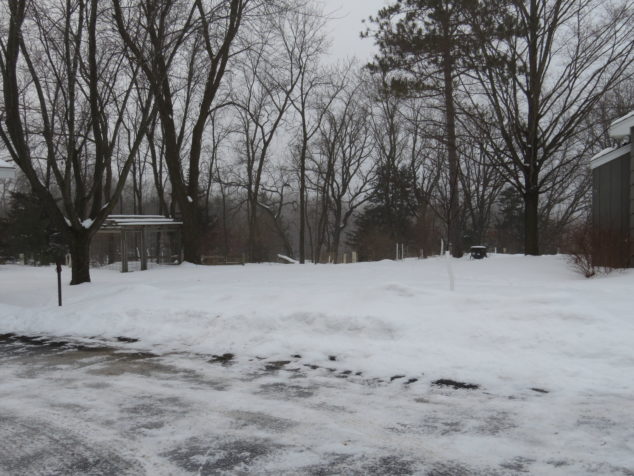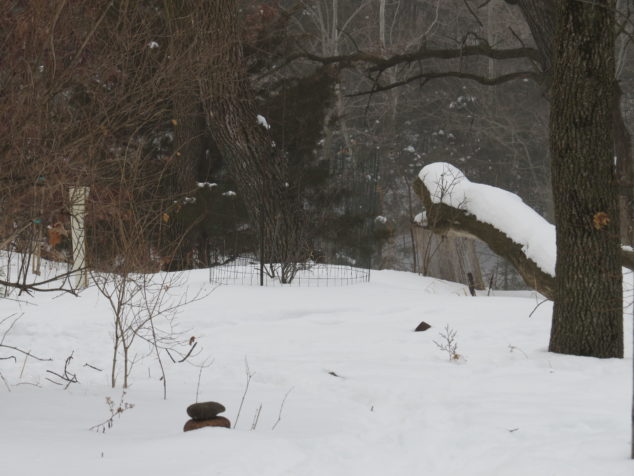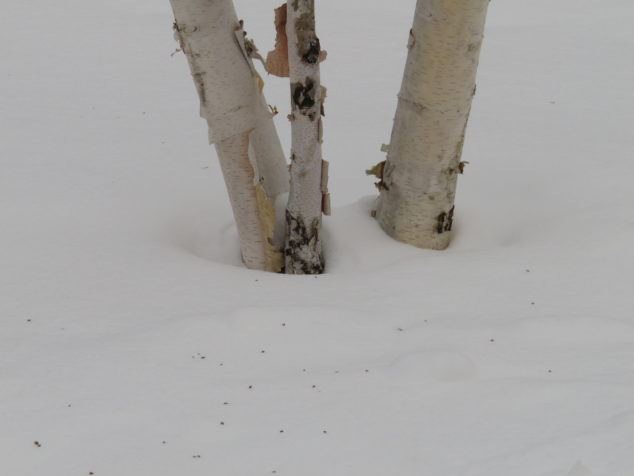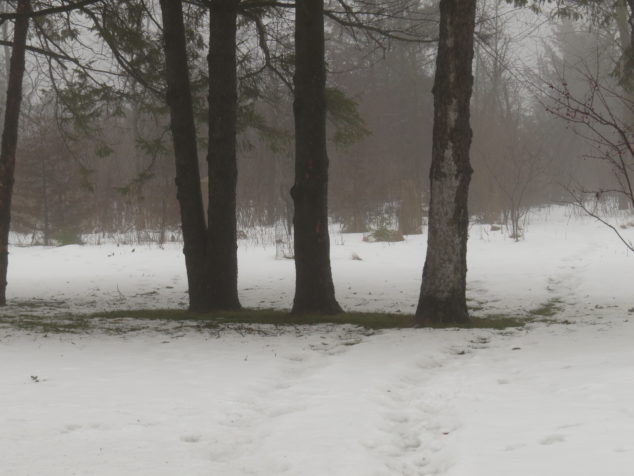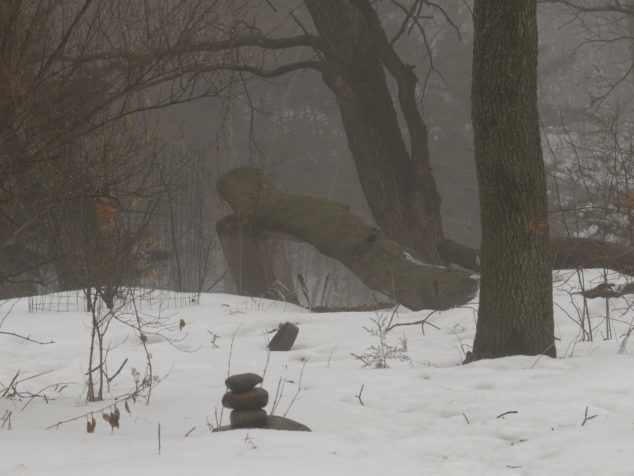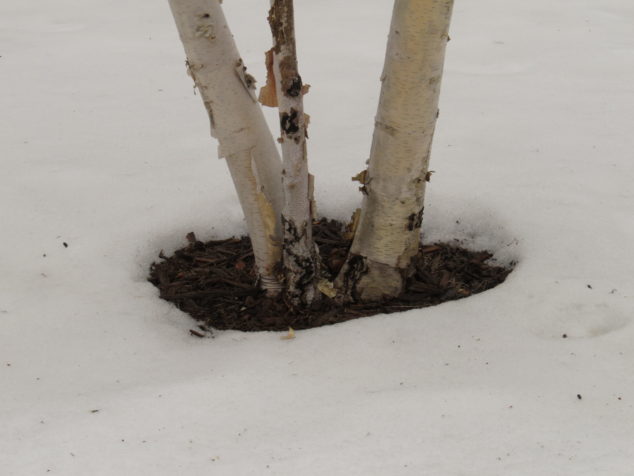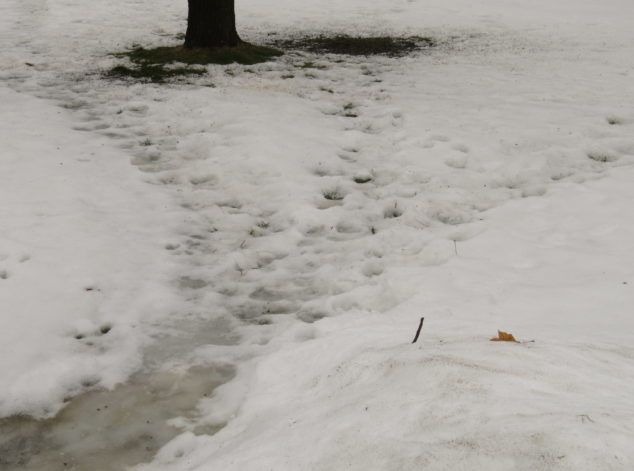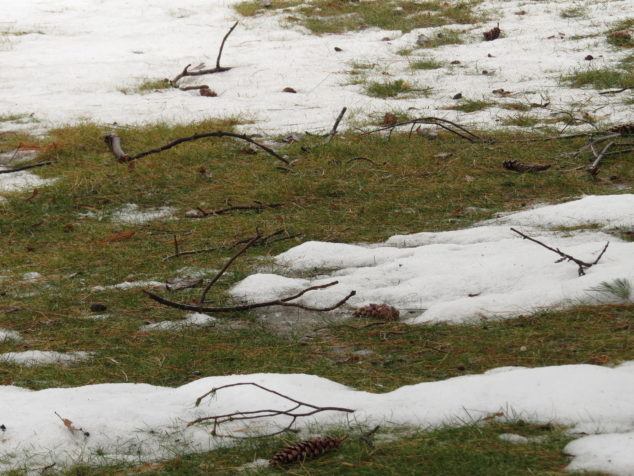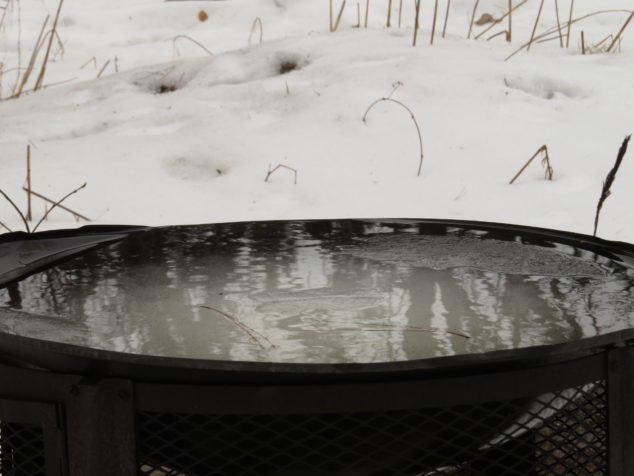Many of us have experienced the meltdown of a toddler. It begins slowly, often unnoticeably, with fidgeting or quietness. We notice it when the whining starts, the unhappy whimpers, the stiff bodies refusing to conform to car seats or highchairs, the turning away of eye contact, the swatting of tiny hands at anything within reach. Full-on crying ensues that cannot be quieted or calmed, and usually the body is fully involved with kicking, hitting, arching of the back, and rolling around. A meltdown is a full-body experience.
This week, typically the coldest part of winter here in Minnesota, we are experiencing an abnormal meltdown. Daytime temperatures crept above freezing, softening the fluffy whiteness and melting the thin layer of snow on the driveway. Freezing temps at night iced the sidewalks and roads to slickness again. Precipitation during the day came as drizzle and raindrops instead of snowflakes, and fog formed with all the melting moisture. Air quality plummeted. The last three nights, the temperature stayed above freezing—normal low temperatures of mid to late April. The melting snow dripped off the roof sounding like I was in the wrong season or place. With all the bleak fog, there wasn’t a chance for sunshine. A meltdown is a full-sensory experience.
The meltdown of a toddler isn’t an aberration—it occurs within a normal developmental stage of growth when children are egocentric and often struggling with communicating their needs and wants. A meltdown is a reaction to feeling overwhelmed, and there is an underlying reason or reasons—they are tired, hungry, frustrated, bored, thirsty, and/or overstimulated, which often happens when our children are always on adult schedules. An attentive parent can anticipate problems and notice the signs that something isn’t quite right. Intervention with a snack, a nap, a change of plans, or attention can prevent a meltdown.
November was abnormally warm (Not Your Normal November), and we still had flowers blooming. This January meltdown is also out of the ordinary, with nighttime temperatures above freezing (32 degrees F) when they usually average 1-2 degrees above 0. We will have more snow and colder temperatures, but the whimpering has begun. As caretakers of this Earth, it is our responsibility to notice the signs that something isn’t quite right and intervene with positive actions. After all, we don’t want the meltdown to be a full-earth experience.
